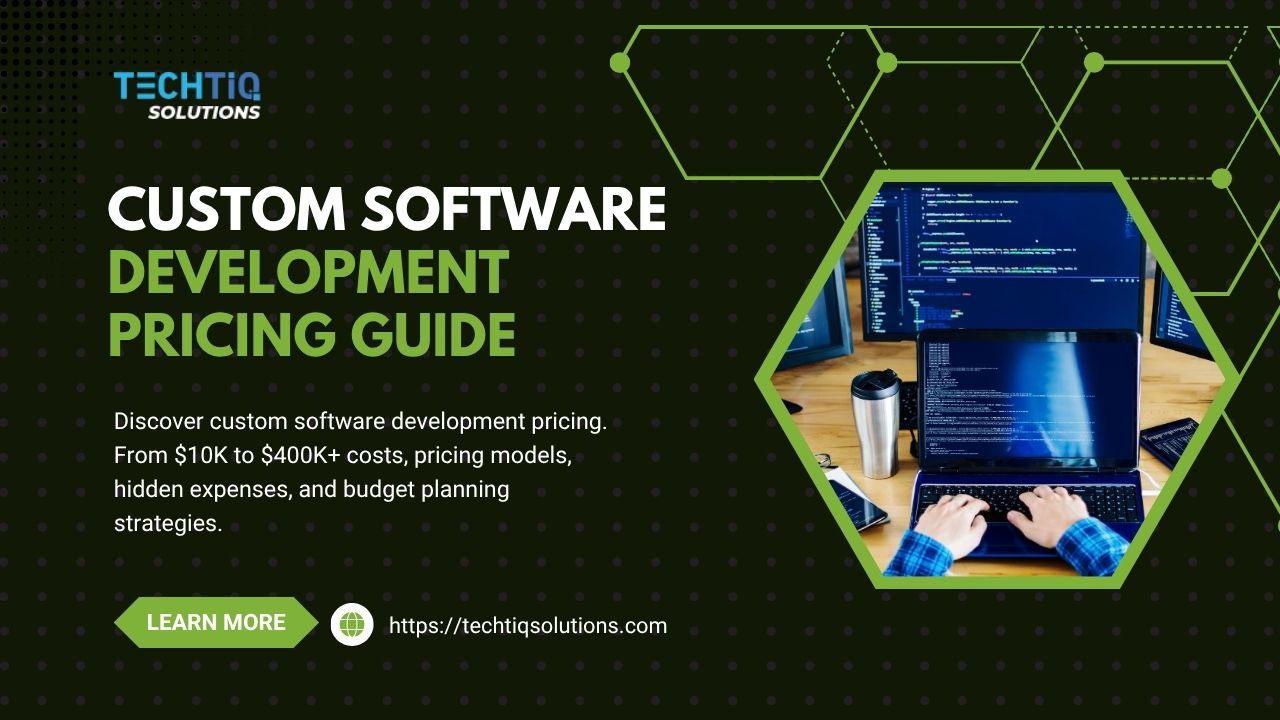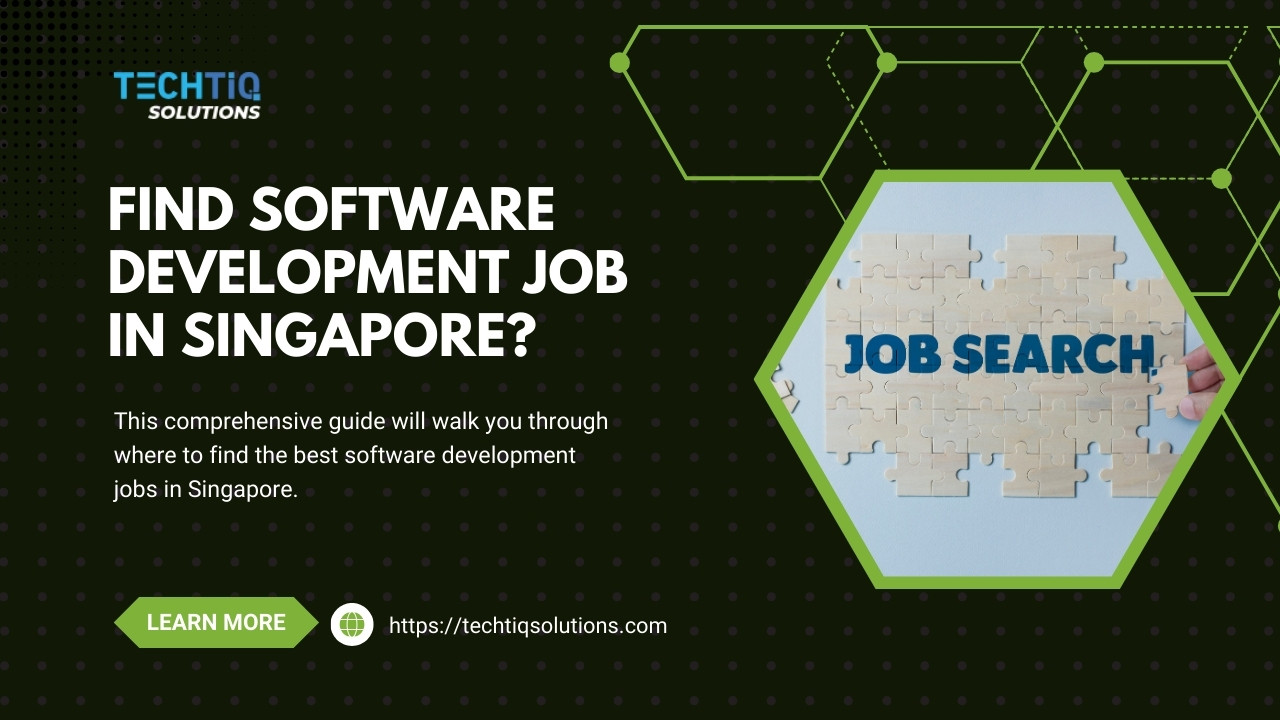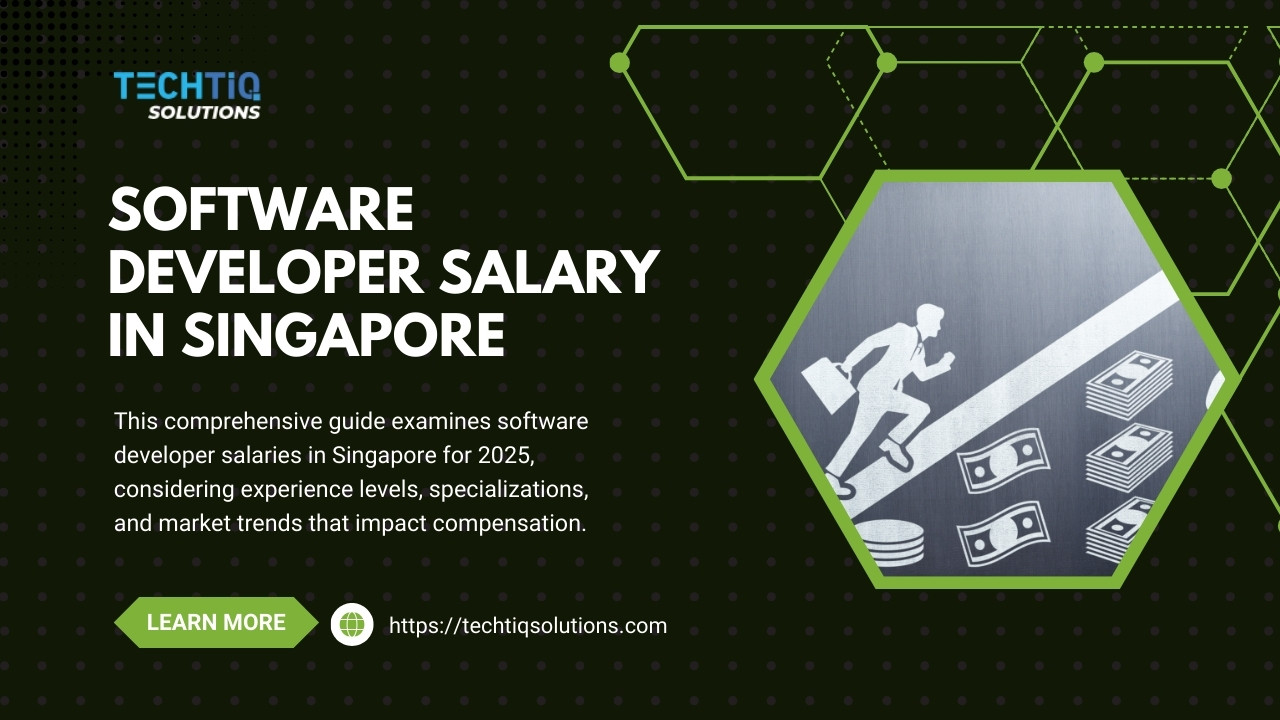Have you ever been part of a software project that seemed to drag on forever? Requirements changed midway, communication broke down, and the final product didn’t quite meet expectations?
These challenges have plagued software development for decades, prompting the creation of an approach that would fundamentally change how teams work together to build software.
Agile frameworks emerged as a response to these traditional development headaches, offering a more flexible, collaborative, and customer-focused way to deliver high-quality software.
Key Takeaways
-
Agile frameworks provide structured approaches to implementing Agile principles, helping teams deliver higher-quality software faster
-
Different frameworks (Scrum, Kanban, SAFe, etc.) offer unique benefits while maintaining core Agile values
-
Choosing the right framework depends on your organization’s size, culture, project complexity, and specific needs
-
Successful implementation requires proper training, cultural shifts, and continuous improvement
-
Real-world case studies show how companies like TechTIQ Solutions have used Agile frameworks to transform project outcomes
What Are Agile Frameworks?
Agile frameworks are structured methodologies that provide guidelines, best practices, and roles for implementing Agile principles in software development and other projects. While the Agile Manifesto established the core values and principles, Agile frameworks translate these abstract concepts into practical, day-to-day processes that teams can follow.
Think of Agile frameworks as different recipes that use the same core ingredients (Agile principles) but result in slightly different dishes depending on your specific taste and needs. Each framework offers its own unique approach to achieving agility, with varying levels of structure, flexibility, and focus areas.
The Evolution from Traditional to Agile Methods
To truly understand Agile frameworks, we need to look at how they evolved as a response to traditional development approaches.
Traditional waterfall methodology followed a linear, sequential approach where each phase (requirements, design, implementation, verification, maintenance) had to be completed before moving to the next. This created several problems:
-
Requirements had to be fully defined upfront
-
Changes were difficult and expensive to implement later in the process
-
Testing occurred only after development was complete
-
Stakeholders often didn’t see the product until it was finished
-
Long development cycles delayed market feedback
In contrast, Agile frameworks embrace an iterative development approach where:
-
Work is broken into small increments
-
Requirements evolve based on feedback
-
Testing is integrated throughout the process
-
Stakeholders see working software regularly
-
Teams can adapt quickly to changing requirements
Benefits of Agile Frameworks
Organizations adopt Agile frameworks for numerous compelling reasons:
-
Faster time to market: Delivering working software in shorter cycles
-
Higher quality products: Continuous testing and integration catch issues earlier
-
Increased customer satisfaction: Regular feedback loops ensure the product meets expectations
-
Better team collaboration: Cross-functional teams work closely together
-
Improved visibility and transparency: Everyone knows what’s happening and what’s next
-
Reduced risk: Early and frequent delivery identifies issues sooner
-
Better adaptability: Teams can respond quickly to market or requirement changes
-
Higher team morale: Self-organizing teams have more autonomy and purpose
Core Principles of Agile Frameworks
While each Agile framework has its unique characteristics, they all draw from the foundational principles outlined in the Agile Manifesto. These core values form the bedrock of any Agile approach:
Individuals and Interactions Over Processes and Tools
Agile frameworks prioritize people and how they work together. While processes and tools are important, they should support human collaboration rather than hinder it. This principle recognizes that software development is fundamentally a creative, collaborative process.
Working Software Over Comprehensive Documentation
Instead of extensive documentation, Agile teams focus on producing functional software that delivers value. Documentation still exists but is kept lean and relevant to immediate needs.
Customer Collaboration Over Contract Negotiation
Rather than negotiating rigid contracts upfront, Agile frameworks encourage ongoing collaboration with customers throughout the development process, ensuring the final product meets their actual needs.
Responding to Change Over Following a Plan
Agile teams recognize that change is inevitable and often beneficial. Instead of resisting changes, they build their processes to accommodate and embrace them through adaptive planning and flexible approaches.
Popular Agile Frameworks and Methodologies
Let’s explore the most widely used Agile frameworks, their key features, and when each might be most appropriate.
Scrum
Scrum is perhaps the most well-known Agile framework, providing a lightweight structure for complex product development.
Key Components:
-
Roles: Product Owner, Scrum Master, Development Team
-
Events: Sprint Planning, Daily Scrum (stand-up meetings), Sprint Review, Sprint Retrospective
-
Artifacts: Product Backlog, Sprint Backlog, Increment
When to Use Scrum:
-
For projects with changing requirements
-
When you need regular feedback
-
For complex product development
-
When team collaboration is essential
Limitations:
-
Requires experienced Scrum Masters
-
May not work well for very large teams without scaling
-
Not ideal for projects requiring extensive upfront planning
Kanban
Kanban focuses on visualizing work, limiting work in progress, and maximizing flow.
Key Components:
-
Kanban Board: Visual representation of work stages
-
Work in Progress (WIP) Limits: Constraints on how many items can be in each stage
-
Continuous Flow: Work moves through the system as capacity allows
When to Use Kanban:
-
For support and maintenance work
-
When priorities change frequently
-
For teams focused on continuous delivery
-
When you need flexibility in planning
Limitations:
-
Provides less structure than other frameworks
-
May not include built-in roles or meetings
-
Can be challenging to forecast without additional practices
Lean Software Development
Based on principles from lean manufacturing, Lean Software Development aims to eliminate waste and optimize the whole.
Key Principles:
-
Eliminate waste
-
Build quality in
-
Create knowledge
-
Defer commitment
-
Deliver fast
-
Respect people
-
Optimize the whole
When to Use Lean:
-
When efficiency is critical
-
For organizations wanting to reduce waste
-
When you need to optimize end-to-end value streams
-
For continuous improvement focus
Limitations:
-
Less prescriptive than other frameworks
-
Requires deep understanding of lean principles
-
May need to be combined with other frameworks for structure
Extreme Programming (XP)
XP focuses on technical excellence and engineering practices to ensure high-quality code.
Key Practices:
-
Pair programming
-
Test-driven development (TDD)
-
Continuous integration
-
Small releases
-
Simple design
-
Refactoring
-
Collective code ownership
When to Use XP:
-
For projects with rapidly changing requirements
-
When technical quality is paramount
-
For teams wanting to improve engineering practices
-
In environments where close customer collaboration is possible
Limitations:
-
Requires high technical discipline
-
Some practices (like pair programming) may face resistance
-
Strong engineering focus may overshadow other aspects
Scaled Agile Framework (SAFe)
SAFe provides a structured approach for implementing Agile at enterprise scale.
Key Components:
-
Multiple Levels: Team, Program, Large Solution, Portfolio
-
Roles: From team-level Scrum Masters to Release Train Engineers
-
Cadences: Synchronized planning and delivery across the organization
When to Use SAFe:
-
For large enterprises needing Agile at scale
-
When coordinating multiple Agile teams
-
For organizations transitioning from traditional methods
-
When regulatory compliance is important
Limitations:
-
Can be complex to implement
-
May be perceived as too prescriptive
-
Requires significant organizational commitment
Large-Scale Scrum (LeSS)
LeSS applies Scrum principles to large-scale development with minimal additional overhead.
Key Features:
-
Single Product Backlog for all teams
-
One Product Owner across teams
-
Synchronized sprints
-
Overall retrospectives
When to Use LeSS:
-
For organizations wanting a lightweight scaling approach
-
When product focus is critical
-
For teams wanting to maintain Scrum simplicity at scale
-
When organizational change is embraced
Limitations:
-
Requires significant organizational change
-
Less prescriptive than other scaling frameworks
-
Works best with experienced Agile practitioners
Disciplined Agile Delivery (DAD)
DAD offers a hybrid approach that incorporates practices from multiple Agile methods.
Key Features:
-
Goal-driven approach rather than prescriptive
-
Full delivery lifecycle coverage
-
Multiple “ways of working” to choose from
-
Enterprise awareness
When to Use DAD:
-
For organizations wanting flexibility in their Agile approach
-
When you need guidance beyond the team level
-
For complex delivery environments
-
When you want to combine practices from multiple frameworks
Limitations:
-
Can be complex to understand initially
-
Requires experience to select appropriate practices
-
Less community support than more established frameworks
TechTIQ Case Study Spotlight: Agile Framework Implementation
At TechTIQ Solutions, we’ve successfully implemented various Agile frameworks across different projects and industries. Here’s how two of our clients achieved remarkable results through Agile adoption:
Case Study 1: Personal Loan Platform
Client Challenge: A financial services company needed to develop a comprehensive personal loan platform with numerous sub-products using domain-driven design and microservices architecture. The project required coordination across multiple domains, including funnel building, experimentation, fraud detection, loan modification, and payoff verification.
TechTIQ’s Agile Approach: We implemented a modified SAFe (Scaled Agile Framework) approach to manage this complex project:
-
Split the offshore team into multiple service teams
-
Established synchronized sprints with bi-weekly reviews
-
Implemented daily standups for rapid issue resolution
-
Used sprint-based planning for flexibility in requirements
Technologies Used:
-
Java Springboot
-
ReactJS
-
Microservices
-
REST API
-
AWS services
-
GraphQL
-
Kafka
-
DynamoDB
Results:
-
Successfully ramped up to 20 senior team members within 3 months
-
Delivered continuous functionality despite complex requirements
-
Managed seamless integration across multiple domains
-
Maintained high quality despite rapid development pace
For more details, check out the full Personal Loan Platform case study.
Case Study 2: Mobile Team Manager
Client Challenge: An Australian client needed to develop a cloud-based field management application for coordinating supervisors, operators, equipment, sites, and paperwork. The system needed to handle complex scheduling while being accessible to both office and field staff.
TechTIQ’s Agile Approach: We implemented a Scrum framework with Kanban elements:
-
Two-week sprints with regular demos and retrospectives
-
Daily standups for progress tracking and obstacle removal
-
Kanban boards for visualizing workflow and bottlenecks
-
Continuous integration for frequent delivery
Technologies Used:
-
Angular
-
.NET backend
-
MongoDB
-
JIRA for tracking
-
AWS cloud services
Results:
-
Successful transition from manual processes to a cloud-based solution
-
Enhanced coordination between field and office staff
-
Streamlined scheduling and resource management
-
System scalable for use as a service for other companies
Learn more about this project in our detailed Mobile Team Manager case study.
These case studies demonstrate how TechTIQ Solutions as a trusted software development company tailors Agile frameworks to meet specific client needs, delivering high-quality software while adapting to changing requirements.
Choosing the Right Agile Framework
With numerous Agile frameworks available, selecting the right one for your organization can be challenging. Here are key factors to consider:
Organizational Factors
-
Company Size: Larger organizations may require scaling frameworks like SAFe or LeSS
-
Culture: Some frameworks require more cultural shift than others
-
Experience: Teams new to Agile might start with Scrum for its clear structure
-
Distributed Teams: Consider frameworks that work well for remote collaboration
Project Characteristics
-
Complexity: More complex projects may benefit from more structured frameworks
-
Stability of Requirements: Highly volatile requirements might favor Kanban’s flexibility
-
Timeline: Projects with fixed deadlines may need more predictable frameworks
-
Risk Level: Higher-risk projects may benefit from XP’s technical practices
Industry Considerations
-
Regulatory Requirements: Highly regulated industries might need more documentation
-
Customer Involvement: Some frameworks require more customer participation
-
Development Type: Product vs. project development may influence framework choice
-
Technical Constraints: Legacy systems or technical debt may affect implementation
Comparative Analysis
|
Framework |
Structure Level |
Flexibility |
Team Size |
Best For |
|
Scrum |
Moderate |
Moderate |
Small to medium |
New Agile teams, product development |
|
Kanban |
Low |
High |
Any |
Support work, continuous delivery |
|
XP |
Moderate |
Moderate |
Small |
Technical excellence, changing requirements |
|
SAFe |
High |
Low |
Large |
Enterprises, complex coordination |
|
LeSS |
Moderate |
Moderate |
Medium to large |
Scaling Scrum with minimal overhead |
|
DAD |
Moderate |
High |
Any |
Organizations wanting a hybrid approach |
Implementing Agile Frameworks Successfully
Adopting an Agile framework is more than following a set of practices—it requires fundamental shifts in how teams work together and deliver value.
Training and Education
Proper training is essential for successful Agile implementation:
-
Role-specific training: Ensure each team member understands their responsibilities
-
Framework fundamentals: Build a solid understanding of core principles
-
Hands-on practice: Use workshops and simulations to apply concepts
-
Continuous learning: Encourage ongoing education and improvement
Cultural Transformation
Agile adoption often requires significant cultural changes:
-
Mindset shift: Moving from command-and-control to servant leadership
-
Transparency: Creating an environment where issues can be openly discussed
-
Trust: Building trust between team members and across the organization
-
Empowerment: Enabling self-organizing teams to make decisions and take ownership
Tools and Technologies
The right tools can facilitate Agile practices:
-
Project management tools: JIRA, Trello, Azure DevOps, etc.
-
Communication platforms: Slack, Microsoft Teams, etc.
-
CI/CD tools: Jenkins, GitLab CI, GitHub Actions, etc.
-
Automated testing: Selenium, JUnit, etc.
Common Challenges and Solutions
|
Challenge |
Solution |
|
Resistance to change |
Demonstrate early wins, involve skeptics in planning |
|
Lack of management support |
Educate leadership on benefits, start with small pilots |
|
Distributed teams |
Use virtual collaboration tools, establish clear communication protocols |
|
Integrating with non-Agile teams |
Create clear interfaces, adapt ceremonies as needed |
|
Regulatory requirements |
Incorporate compliance into the process, maintain necessary documentation |
Measuring Success
Effective metrics help track the impact of Agile implementation:
-
Delivery metrics: Lead time, cycle time, throughput
-
Quality metrics: Defect rates, technical debt
-
Team metrics: Sprint velocity, capacity, happiness, burndown charts
-
Business metrics: Customer satisfaction, time to market, ROI
Future Trends in Agile Frameworks
As technology and business environments evolve, Agile frameworks continue to adapt. Here are key trends shaping the future:
DevOps Integration
The boundaries between development and operations continue to blur, with DevOps principles becoming increasingly integrated with Agile frameworks. This convergence focuses on:
-
Continuous integration and delivery (CI/CD)
-
Infrastructure as code
-
Automated testing and monitoring
-
Shared responsibility for production
AI and Automation
Artificial intelligence is transforming Agile practices through:
-
Automated testing and quality assurance
-
AI-powered planning and estimation
-
Predictive analytics for sprint planning
-
Automated code review and optimization
Remote and Distributed Teams
As remote work becomes more prevalent, Agile frameworks are adapting to support distributed teams:
-
Virtual ceremonies and collaboration
-
Asynchronous communication practices
-
Digital workspace tools
-
Modified pair programming approaches
Enterprise Agility
Organizations are moving beyond team-level agility to enterprise-wide approaches:
-
Business agility frameworks
-
Value stream mapping across departments
-
Agile portfolio management
-
Organizational structure changes
Industry-Specific Adaptations
Different industries are developing specialized Agile approaches:
-
Healthcare: Regulatory-compliant Agile for medical software
-
Finance: Risk-managed Agile for banking applications
-
Manufacturing: Hardware-software integrated Agile
-
Government: Compliance-oriented Agile frameworks
Conclusion
Agile frameworks have revolutionized how teams approach software development, offering numerous benefits while maintaining core principles of flexibility, collaboration, and customer focus. The key is not to view any framework as a rigid set of rules but rather as a starting point that your organization can adapt and evolve.
Remember that successful Agile implementation is a journey, not a destination. It requires ongoing learning, adaptation, and a commitment to continuous improvement. The framework you choose should align with your organizational culture, project needs, and team dynamics.
As you embark on or continue your Agile journey, consider these final thoughts:
-
Start with clear goals for what you want to achieve
-
Select a framework that aligns with those goals
-
Invest in proper training and Agile coaching
-
Be patient with the cultural transformation
-
Continuously inspect and adapt your approach
At TechTIQ Solutions, we’ve helped numerous clients navigate the complex landscape of Agile frameworks, tailoring approaches to their specific needs and challenges. Our experience across industries and project types allows us to provide insights that go beyond textbook implementations.
Ready to Transform Your Development Process?
Are you looking to implement or improve Agile practices in your organization? TechTIQ Solutions offers comprehensive Agile consulting and implementation services to help you select, customize, and optimize the right framework for your needs.
Our team of Agile experts can help you:
-
Assess your current development processes
-
Select the most appropriate Agile framework
-
Train your teams on Agile principles and practices
-
Implement the framework with minimal disruption
-
Continuously improve your Agile implementation
Our custom software development expertise is powered by robust Agile methodologies, ensuring that your project benefits from iterative development and regular feedback. For larger organizations, our enterprise software development expertise can help you implement scaled Agile frameworks that coordinate multiple teams while maintaining agility.
Contact TechTIQ Solutions today to start your Agile transformation journey:
-
Email: inquiry@techtiqsolutions.com
-
Phone: (+65) 8898 2997
-
Address: 28 Sin Ming Lane #02-145, Midview city, Singapore 573972
Let’s collaborate to build better software, faster, with the right Agile framework for your unique needs.









